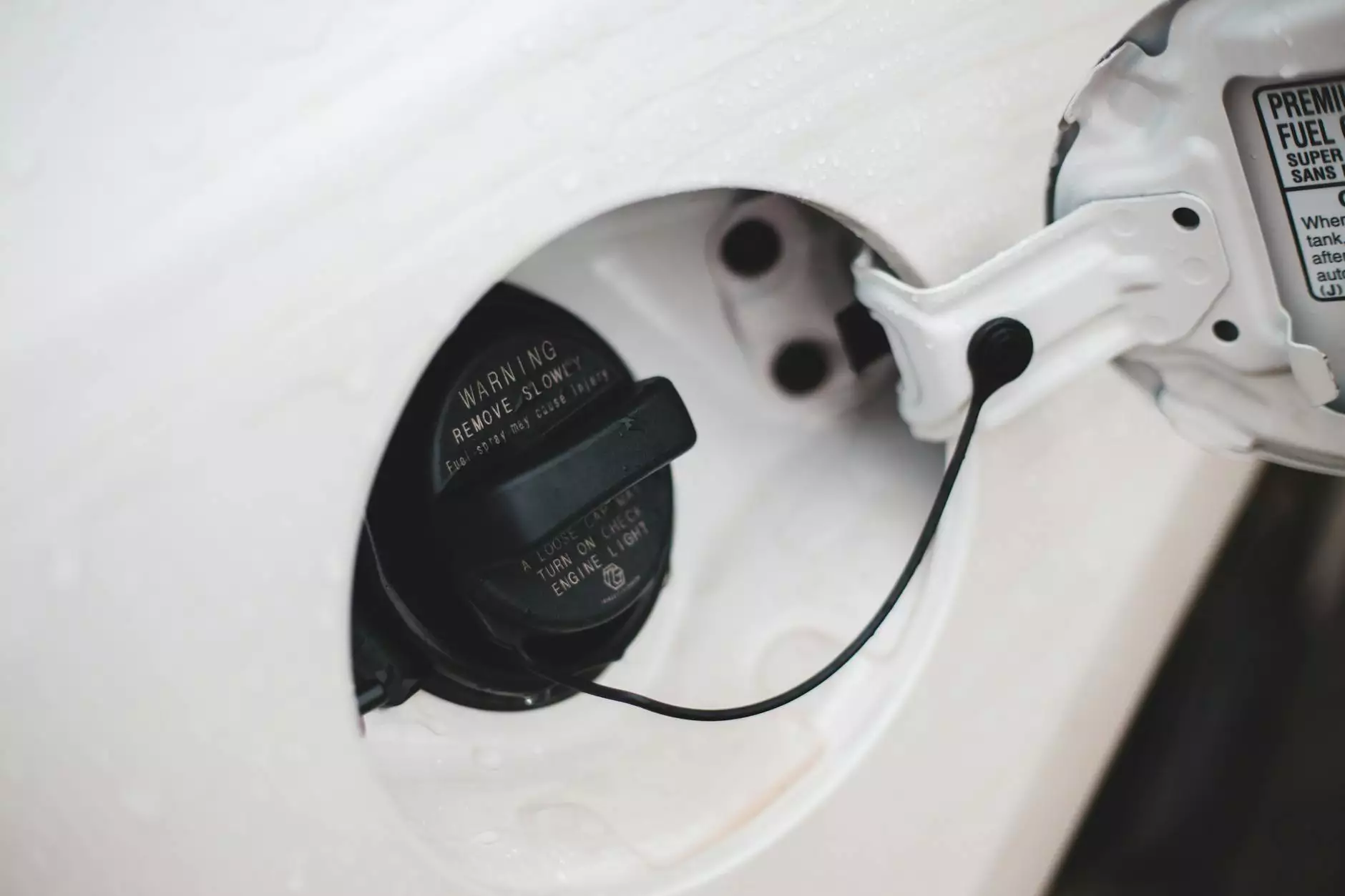Testing and Adjusting Turbo Charger Waste Gate Assembly
Chassis
Welcome to Grafco Electric! We are here to provide you with comprehensive information and detailed instructions on testing and adjusting the turbo charger waste gate assembly for optimal performance. As experts in the field, we understand the importance of maintaining and troubleshooting your turbo charger system, and we are dedicated to ensuring that you have all the necessary knowledge to keep your engine running smoothly.
Turbo Charger Waste Gate Assembly
The turbo charger waste gate assembly plays a vital role in controlling the boost pressure of your engine. It consists of several components, including the waste gate actuator, waste gate valve, and associated linkages and springs. The purpose of the waste gate assembly is to regulate the flow of exhaust gases to the turbine wheel of the turbocharger, preventing overboost and ensuring optimal engine performance.
Common Problems
Over time, the waste gate assembly may experience various issues that can negatively impact the performance of your turbo charger system. Some of the common problems include:
- Waste gate sticking: The waste gate valve can become stuck either in the closed or open position, leading to improper boost regulation. This can result from carbon buildup, rust, or worn out components.
- Weak waste gate actuator spring: A weak or worn out actuator spring can cause the waste gate valve to open prematurely or not close fully, leading to a loss of boost and decreased engine power.
- Waste gate actuator failure: The waste gate actuator, responsible for controlling the opening and closing of the waste gate valve, can fail due to wear and tear, causing boost control issues.
- Linkage misalignment: Misaligned or loose linkages connecting the waste gate actuator to the waste gate valve can cause improper waste gate operation, resulting in inconsistent boost levels.
Testing Turbo Charger Waste Gate Assembly
Properly testing the turbo charger waste gate assembly is essential to identify any underlying problems and ensure optimal boost control. Here is a step-by-step guide to conducting a thorough waste gate assembly test:
Step 1: Visual Inspection
Begin by visually inspecting the waste gate assembly for any signs of damage, wear, or contamination. Check for carbon buildup, rust, or loose components. Address any visible issues before proceeding with the test.
Step 2: Manual Operation Test
With the engine off, manually operate the waste gate actuator and observe the movement of the waste gate valve. It should move freely and smoothly without any binding or sticking. If there are any issues, further investigation and potential repair are necessary.
Step 3: Compression Test
To perform a compression test, connect a boost pressure gauge to the intake manifold. Start the engine and monitor the boost pressure readings. The waste gate valve should open at a predetermined pressure, maintaining consistent boost levels. If the valve fails to open or opens too early, there may be an issue with the waste gate actuator or associated components.
Step 4: Linkage Alignment Check
Inspect the linkage connecting the waste gate actuator to the waste gate valve. Ensure it is properly aligned and free from any obstructions. Adjust or tighten the linkage if necessary to ensure smooth waste gate operation.
Adjusting Turbo Charger Waste Gate Assembly
Adjusting the turbo charger waste gate assembly can help optimize boost control and overall engine performance. However, it is essential to follow manufacturer guidelines and specifications for your specific turbo charger model. Here are some general steps:
Step 1: Reference Manufacturer Documentation
Consult the manufacturer's documentation or service manual for detailed instructions on waste gate adjustment. It should provide specific guidelines for your make and model of turbo charger.
Step 2: Adjust Actuator Arm Length
Depending on the design of the waste gate actuator, you may need to adjust the arm length to achieve the desired boost level. Follow the manufacturer's instructions on adjusting the actuator arm, ensuring proper alignment and engagement with the waste gate valve.
Step 3: Test and Fine-tune
After making adjustments, perform a comprehensive test to evaluate the boost control and engine performance. Monitor the boost pressure readings and make further adjustments as necessary until optimal boost levels are achieved.
Conclusion
Maintaining and troubleshooting the turbo charger waste gate assembly is crucial for maximizing engine performance and efficiency. By following the testing and adjustment procedures outlined in this guide, you can ensure that your turbo charger system operates optimally. At Grafco Electric, we are dedicated to providing you with the most detailed and comprehensive information to help you outrank other websites and become a trusted resource for all your turbo charger needs.




